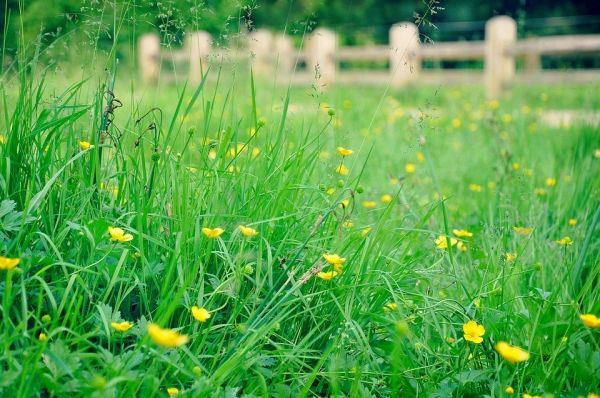Dwayne Estes pulls over to the side of a rural road in Franklin County, Tennessee, about 20 miles from the Alabama border. He hops out of his truck and points out a small plant with dainty, trumpet-shaped white flowers with purple-streaked throats. “This is Penstemon kralii,” says Estes, a 40-year-old, 6-foot-3-inch-tall professor sporting a baseball cap and beard, the twin badges of honor for many field botanists. The plant is found almost exclusively at the base of the Cumberland Plateau escarpment, where it survives precariously in narrow, grassy roadside fringes with other rare and threatened species, including a sunflower and a blue-eyed grass yet to be named and described by scientists.
We continue to the top of the steep, densely forested escarpment. Below, a checkerboard of croplands and pastures stretches as far as the eye can see. “Before 1840, those agricultural fields were prairies covering half a million, maybe 750,000 acres,” Estes says. “They were maintained by frequent fires and bison.” The wildfires probably swept up the base of the adjacent escarpment, he adds, keeping it open and sunny oak savanna where the penstemon and its companions could thrive. Like so many southern grassland denizens, they are vestiges of a lost botanical world that once covered as many as 120 million acres from Maryland to East Texas, caught in a vise between habitat loss to agriculture and urban sprawl on the one hand, and encroaching fire-suppressed forest on the other.
The Southeast is one of North America’s great, but forgotten, grassland regions. Its native prairies and savannas have been reduced by more than 90 percent since the first Europeans arrived, almost 100 percent in many areas. Yet the remaining scraps include more grassland plants and animals than the Great Plains and Midwest combined — a big part of the reason why the Southeast coastal plain, the flat, low-lying portion of the region that extends inland from the Gulf of Mexico and Atlantic Ocean, was designated the latest of the world’s 36 biodiversity hotspots in 2015.
Read more at Yale Environment 360
Photo Credit: MabelAmber via Pixabay


